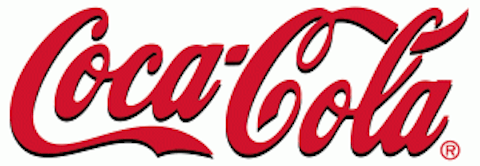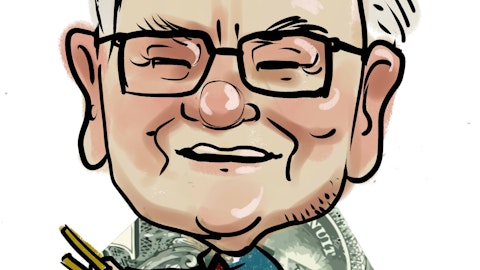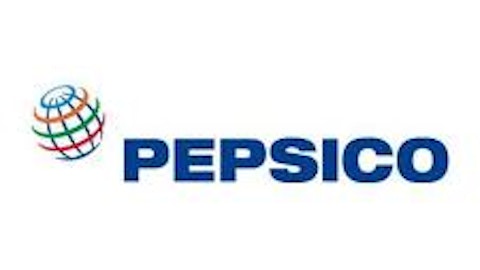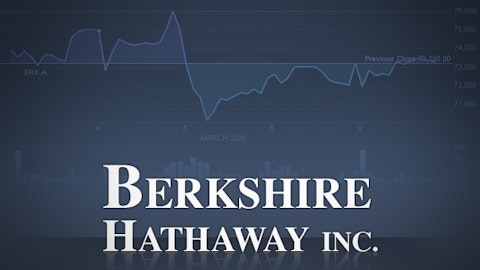On July 16, beverage giant The Coca-Cola Company (NYSE:KO) turned in some pretty disappointing numbers. Revenue declined 3% while free cash flow crept up a mere 48 basis points. Management blamed global economic conditions, weather, and environmental conditions for its plight. Probably, the question on your mind: “Is Coca-Cola still a viable long-term investment?” The answer is yes and here’s why.
Non-soda future

The Coca-Cola Company (NYSE:KO)’s rivals also experienced the same level of relative performance in their non-sparkling versus sparkling beverages. Food and beverage giant PepsiCo, Inc. (NYSE:PEP) saw non-sparkling beverages decline in the low single digits versus a decline in mid-single digits in its sparkling beverages in North America.
Non-carbonated and carbonated drinks declined 2% and 3%, respectively, for Dr Pepper Snapple Group Inc. (NYSE:DPS).
This demonstrates an industry-wide trend which means The Coca-Cola Company (NYSE:KO)’s future will lean away from its traditional soda offerings.
Infrastructure
The Coca-Cola Company (NYSE:KO) and its more than 250 bottling partners maintain a vast global distribution infrastructure. This is good for three reasons. First, it allows them to distribute and produce cheaply and profitably. Second, if Coca-Cola’s future lies in non-sparkling beverages, then its distribution infrastructure will allow them to profitably sell the more commoditized bottled water, juice, and tea at a much lower price than smaller players. Finally, it allows Coca-Cola to maintain a ubiquitous presence in the global economic landscape with both its sparkling and non-sparkling beverages.
Emerging markets
Coca-Cola’s unit case volume in more developed regions such as North America and Europe declined 4% and 1%, respectively, in its most recent quarter. Growth in emerging markets resides on the more robust side. For example, unit case volume in Eurasia and Africa grew 9%. Believe it or not, there are some parts of the world that still don’t possess easy access to a chilled bottle of Coke.
Coca-Cola’s rivals also experienced greater growth in the emerging markets scene. PepsiCo, Inc. (NYSE:PEP)’s Asia, Middle East, and Africa segment experienced the highest level of growth with snack and beverage volume growing 6% and 9%, respectively.
For Dr Pepper Snapple Group Inc. (NYSE:DPS), Latin America represented the only region showing an increase in volume, clocking in at 2%.
The emerging markets represent the best possible future, geographically speaking, for all three big beverage companies including Coca-Cola.
Beverage focus
Coca-Cola shows focus on only one type of product: non-alcoholic beverages. As an owner in shares of a publicly-traded business, you should want your management team to focus on maintaining and building its competency to have an edge over competitors.
By contrast, PepsiCo operates both in the snacks and beverage business. Recently, PepsiCo has shown potential in the snack foods arena with company-wide snack volume growing 3% versus 2% for beverages when adjusted for acquisitions, divestitures, and currency fluctuations.




